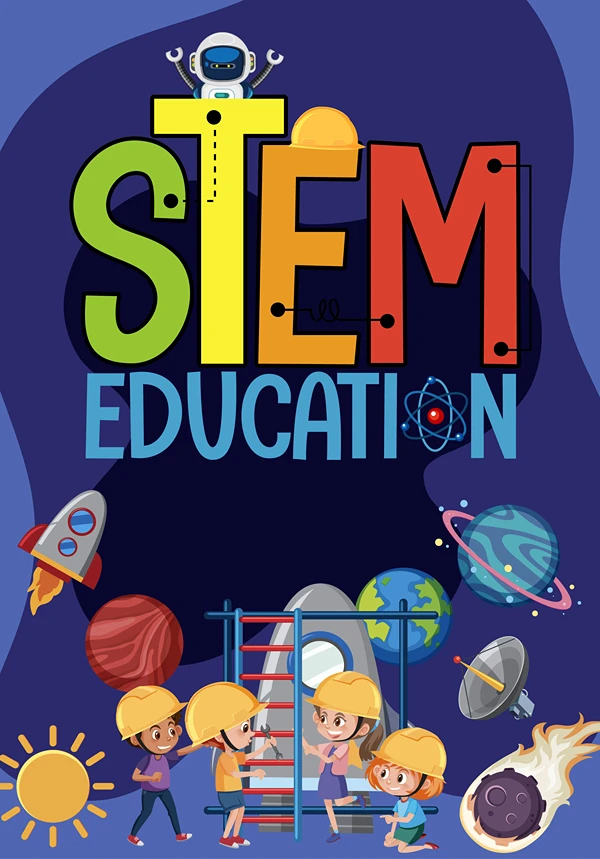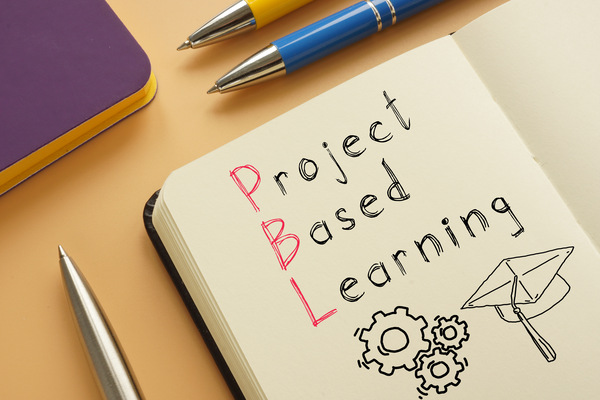Teenagers often find themselves at a crossroads, making choices that shape their future. These moments are filled with opportunity, but also a risk. Understanding the long-term impact of risky decisions is critical to helping teens build a strong foundation for success.
The choices made during adolescence can significantly influence relationships, career prospects, and overall well-being. Educating teens about these consequences ensures they can make thoughtful decisions that align with their goals.
The Importance of Early Guidance
Parents, educators, and mentors are vital in guiding teens through challenging situations. Adolescents are at a developmental stage where social media, peer influence, and impulsive tendencies often overshadow rational thinking. Without proper guidance, these impulses may lead to poor decisions. Teaching them to evaluate situations critically fosters a sense of responsibility and self-awareness. Early intervention can mean the difference between a life marked by regret and one filled with achievement and satisfaction.
Research underscores the significance of parental involvement in adolescents’ decision-making processes. A study published in the Journal of Emerging Technologies and Innovative Research found that parental encouragement significantly influences career decision-making self-efficacy among secondary school students. The study highlights that adolescents with supportive parents are more likely to engage in career exploration and planning activities, leading to greater achievement and job satisfaction.
Peer Pressure and Its Influence on Risky Choices
Peer pressure is one of the most powerful influences on teen behavior. Adolescents may feel compelled to conform to their social circles, even involving dangerous activities. The long-term impact of risky decisions made under peer pressure can extend into adulthood. For example, skipping classes or engaging in delinquent behavior to gain social acceptance might lead to lower academic performance, reduced career opportunities, or strained family relationships. By helping teens build confidence in their individuality, we can encourage them to resist harmful influences and make choices that reflect their values.
The Role of Education in Risk Assessment
Health is another area where teens’ choices have enduring effects. Experimenting with substances, neglecting physical activity, or adopting unhealthy eating habits can lead to chronic conditions later in life. Proactive measures such as educating teens about nutrition, encouraging regular exercise, and addressing the dangers of smoking or drug use are essential. A healthy lifestyle established in adolescence often carries into adulthood, promoting physical and mental well-being.

Discussing Alcohol and Its Consequences
When addressing the long-term effects of risky decisions, talking to kids about alcohol is a vital conversation that cannot be overlooked. Alcohol often becomes one of the most significant influences on teens’ lives, especially as early exposure to drinking—commonly driven by peer pressure or curiosity—can have profound consequences. Teens who experiment with alcohol may face challenges such as impaired decision-making, which can ripple into strained relationships, academic struggles, and even setbacks in their future careers.
Therefore, it is important to educate teens about these risks and highlight how seemingly small choices can lead to long-term difficulties. Parents and educators are pivotal in equipping young people with the tools to make informed decisions. By fostering open discussions about the dangers of alcohol and providing relatable examples, teens are more likely to understand and resist these pressures. Leveraging trusted resources and strategies for discussing alcohol with kids ensures they feel supported and empowered to navigate situations involving drinking responsibly.
The Long-Term Effects of Academic Neglect
Education is a cornerstone of future success, yet risky decisions during adolescence often disrupt academic progress. Skipping school, neglecting assignments, or failing to prepare for exams can have lasting consequences. The long-term impact of risky educational decisions extends beyond grades; it affects college opportunities, career trajectories, and financial stability. Encouraging teens to view education as an investment in their future helps them prioritize their studies and avoid short-sighted choices.
Navigating Social Media and Online Behavior
In today’s digital age, teens are constantly exposed to social media. Poor decisions made online can have enduring consequences. Sharing inappropriate content or engaging in cyberbullying can damage reputations, hinder job prospects, and create lasting emotional scars. The long-term impact of risky decisions in the digital space underscores the importance of teaching teens about responsible online behavior. Encouraging them to think before posting and to respect others online ensures they build a positive digital footprint.
Long-Term Impact of Risky Decisions: Health and Lifestyle Choices
Health is another area where teens’ choices have enduring effects. Experimenting with substances, neglecting physical activity, or adopting unhealthy eating habits can lead to chronic conditions later in life. Proactive measures such as educating teens about nutrition, encouraging regular exercise, and addressing the dangers of smoking or drug use are essential. A healthy lifestyle established in adolescence often carries into adulthood, promoting physical and mental well-being.
Building Resilience to Handle Challenges
Teens who develop resilience are better equipped to handle life’s challenges without resorting to risky behavior. Resilience involves the ability to bounce back from setbacks, maintain a positive outlook, and seek solutions to problems. Teaching teens how to cope with stress, failure, and rejection can reduce the likelihood of impulsive decisions. Understanding the long-term impact of risky decisions helps teens view challenges as growth opportunities rather than excuses for poor choices.
Adapting to Trends in Personalized Marketing
In today’s fast-changing world, marketers often target teens with personalized ads encouraging impulsive purchases or behavior. Staying ahead of customer expectations and adapting to these trends requires teens to evaluate the messages they receive critically. Helping them recognize manipulative marketing tactics fosters informed decision-making and financial responsibility. This awareness also contributes to their understanding of how impulsive actions can have long-term consequences.
The Role of Family Support
A strong support system is crucial in helping teens make wise decisions. Families that maintain open communication and foster trust provide a safe space for teens to share their concerns and seek guidance. Discussing the impact of risky choices within the family ensures teens understand the potential consequences of their actions. Families can significantly influence teens’ choices by modeling responsible behavior and offering consistent support.
How to Foster Informed Decision-Making
Encouraging teens to pause and reflect before making decisions helps them evaluate their actions thoughtfully. Teaching them to consider the potential outcomes and weigh risks against rewards can reduce impulsivity. Having a broader perspective allows teens to align their actions with their goals. Role-playing scenarios and discussing real-life examples can further strengthen their ability to make thoughtful choices.
Shaping a Brighter Future
Helping teens understand the long-term impact of risky decisions is vital in shaping their future. By addressing the challenges of peer pressure, emphasizing the value of education, and discussing the consequences of behaviors like underage drinking, parents and educators equip teens with the tools they need to make informed choices. With guidance, support, and education, teens can navigate their formative years with confidence, building a foundation for success that lasts a lifetime.








